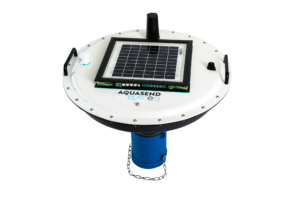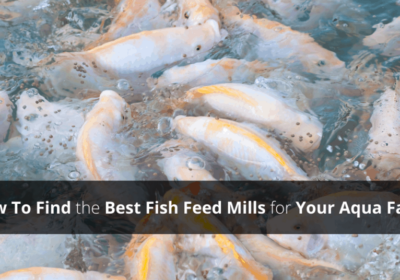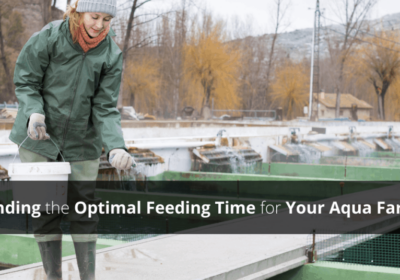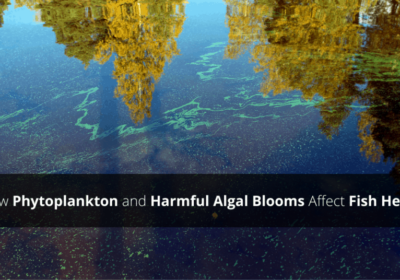Protecting Aquaculture Ponds Against Winter Fish Kills
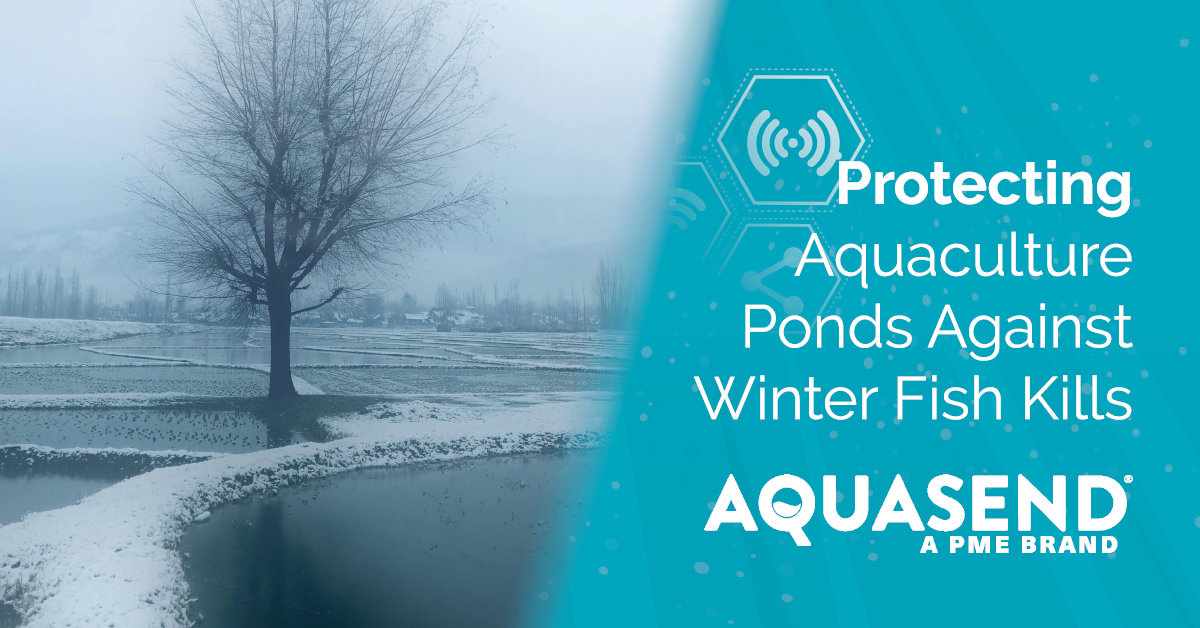
Winter is on the way and its low temperatures often threaten fish populations within aquaculture farms. As temperatures decrease, the potential for reduced dissolved oxygen production and ice formation over ponds increases which can lead to winter fish kills. Aquafarmers must be aware of the contributing factors to properly assess their farm’s water conditions and livestock for a successful transition into the cold, winter months.
Causes of Fish Population Loss in Winter or Winter Kills
There are many elements that contribute to fish kills. The focus lies on dissolved oxygen (DO) levels and temperature, typically DO levels and temperature will decrease during the winter. These contributors can change very quickly, so it is essential aquafarms monitor their pond’s water quality to ensure ideal water conditions for their fish to survive the winter months.
Understanding the causes of winter fish kills and preventative measures can make a significant difference in the number of occurrences during the colder season.
Decreased Dissolved Oxygen Levels
One of the most common causes of fish kills is suffocation due to the lack of dissolved oxygen. Fish take in oxygen through their gills rather than breathing in air. A common sign of a lack of oxygen in the water is fish trying to intake air at the water’s surface, usually in the early morning hours. Aquafarmers should consider their region’s DO water trends as the seasons change to effectively monitor their livestock.
Large contributors to DO production in water are aquatic plants and algae. Unfortunately, aquatic plant growth will be reduced due to the colder water. This means that photosynthesis in aquatic plants will occur less frequently. During photosynthesis, plants consume carbon dioxide and release oxygen, therefore resulting in less oxygen produced as temperatures drop.
It is important to note, when oxygen production is low, it does not mean fish kills are definite. Oxygen can be replenished from the surface through diffusion from the atmosphere as well as limited production from photosynthesis. However, this will become a more concerning problem if ice and snow form on the ponds because they will block the sun from reaching aquatic foliage and gas exchanges will occur less often.
Aeration systems are a great solution that farmers can utilize to keep oxygen exchanges constant. This process will circulate and aerate water that lacks oxygen and is achieved by having open waters. Commercial aerators are also an option, though this is more commonly used in the summer. During winter months, aeration systems are only needed to minimize ice formation on ponds.
Temperature Drops
Dropping temperatures are the main cause of infrequent plant growth, ice formation and stress of fish during winter months. Sunlight can still reach the water when a layer of ice covers the pond, but the real problem arises when snow lies on top of the ice and prevents sunlight from getting through.
One way farmers solve this issue is to remove 30 to 50% of snow from iced-over ponds by shoveling, snow-blowing, etc. According to The Ausable River Association, clear ice should be four inches thick to safely walk on it.
Another way to alleviate the stressors caused by snow cover is to drill holes into the ice, permitting gas exchanges and oxygen replenishment through absorption from photosynthesis or the atmosphere. If farmers create holes in the ice, snow on the pond’s icy surface is not as large of a concern.
Evaluate Winter Water Conditions in Real-Time with Aquasend Beacon®
Aquaculture farmers typically run daily water assessments to manage their pond’s water quality. They can be expensive, but they are essential in keeping fish populations healthy, especially during the winter.
Through remote monitoring software, the Aquasend Beacon® will continuously monitor dissolved oxygen and temperature levels in water, alerting farmers of any irregularities as soon as they occur. Farmers will be able to solve problems quickly and prevent fish kills with the Beacon, as the alerts will be sent through text, email and voice message. Through the Beacon’s on-line portal, farmers can then access their farm’s water quality levels and address any concerns.
*Disclaimer* If a customer is utilizing a Beacon and their farm experiences an unexpected arctic blast resulting in ice or snow accumulation, it is recommended that they either remove the Beacon or monitor the Beacon via the portal and implement a secondary monitoring protocol.
To learn more about the Aquasend Beacon®, click here.
To request a quote for the Beacon, click here.
